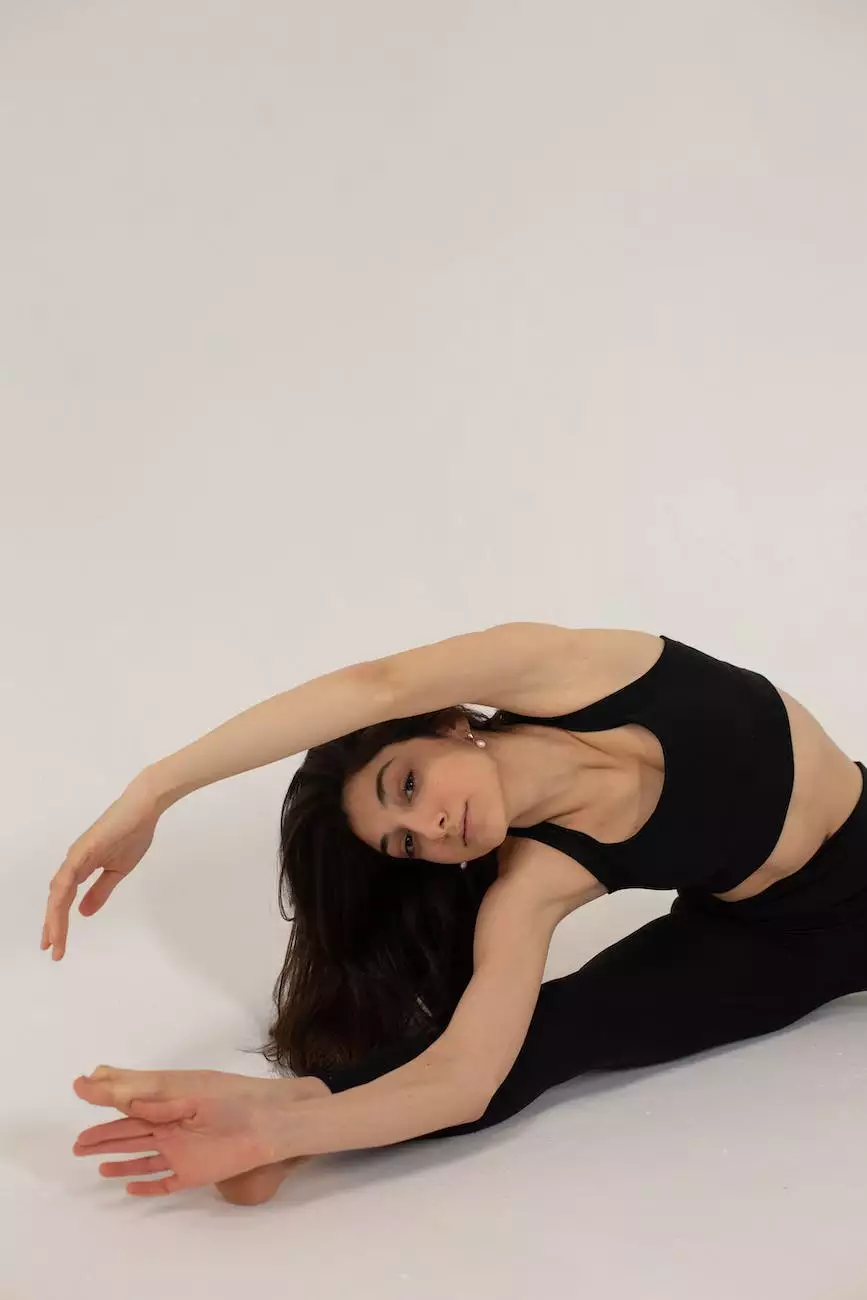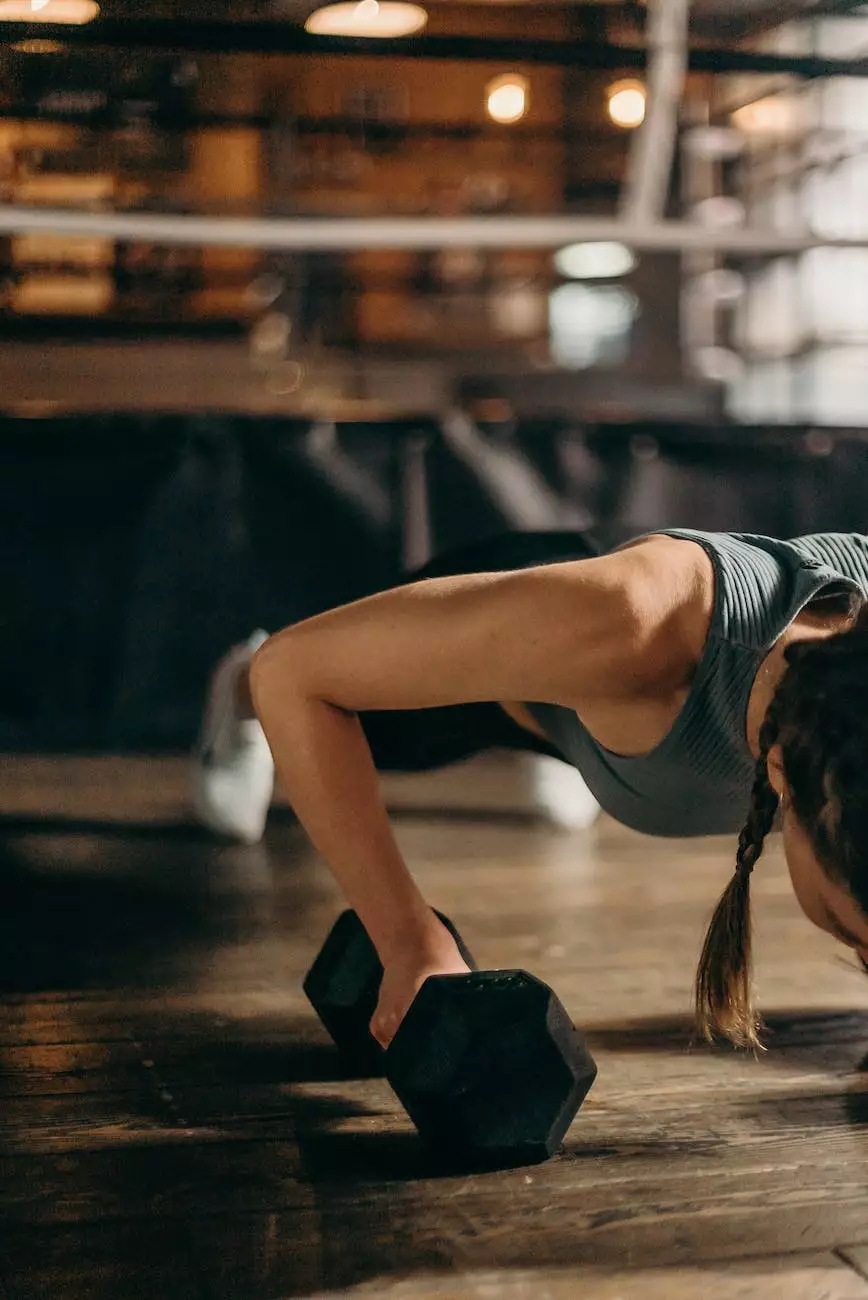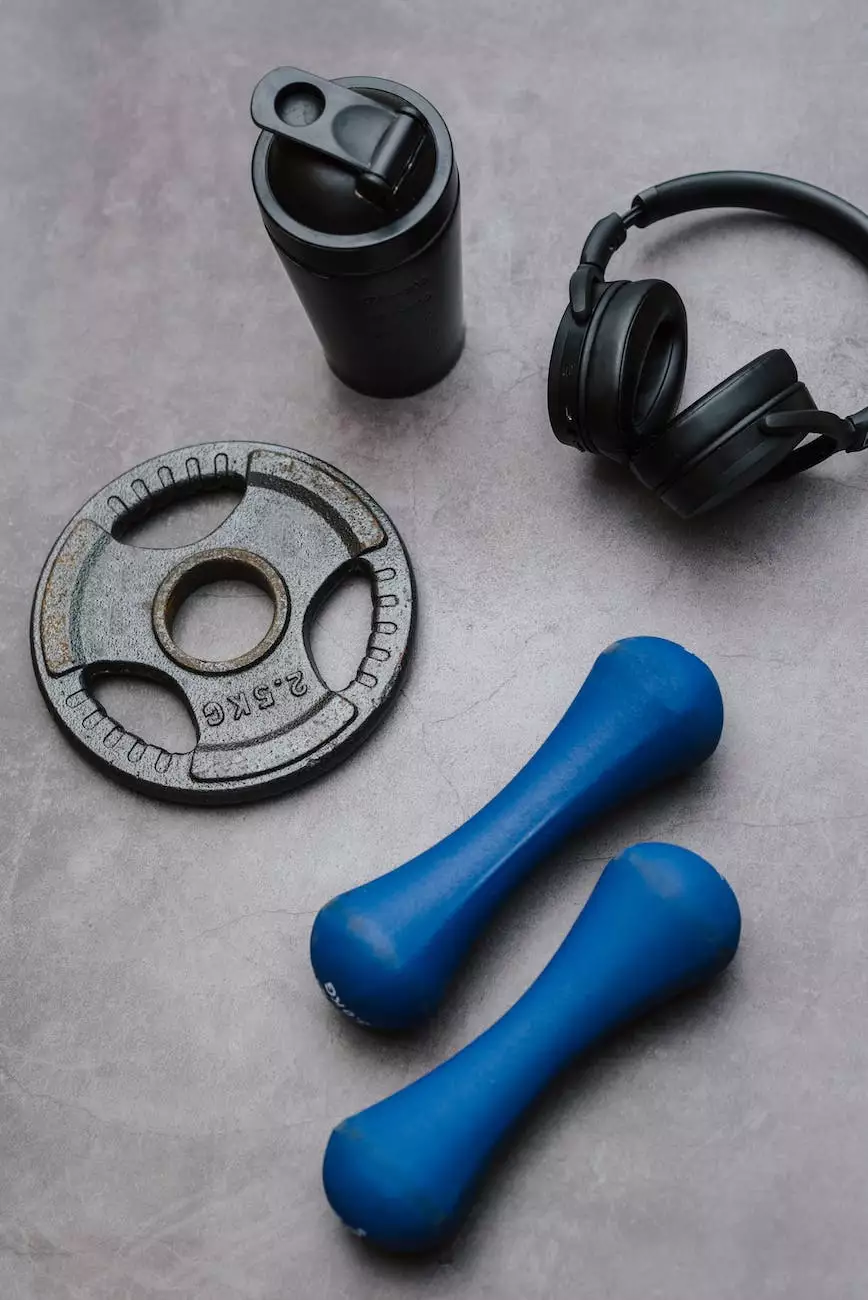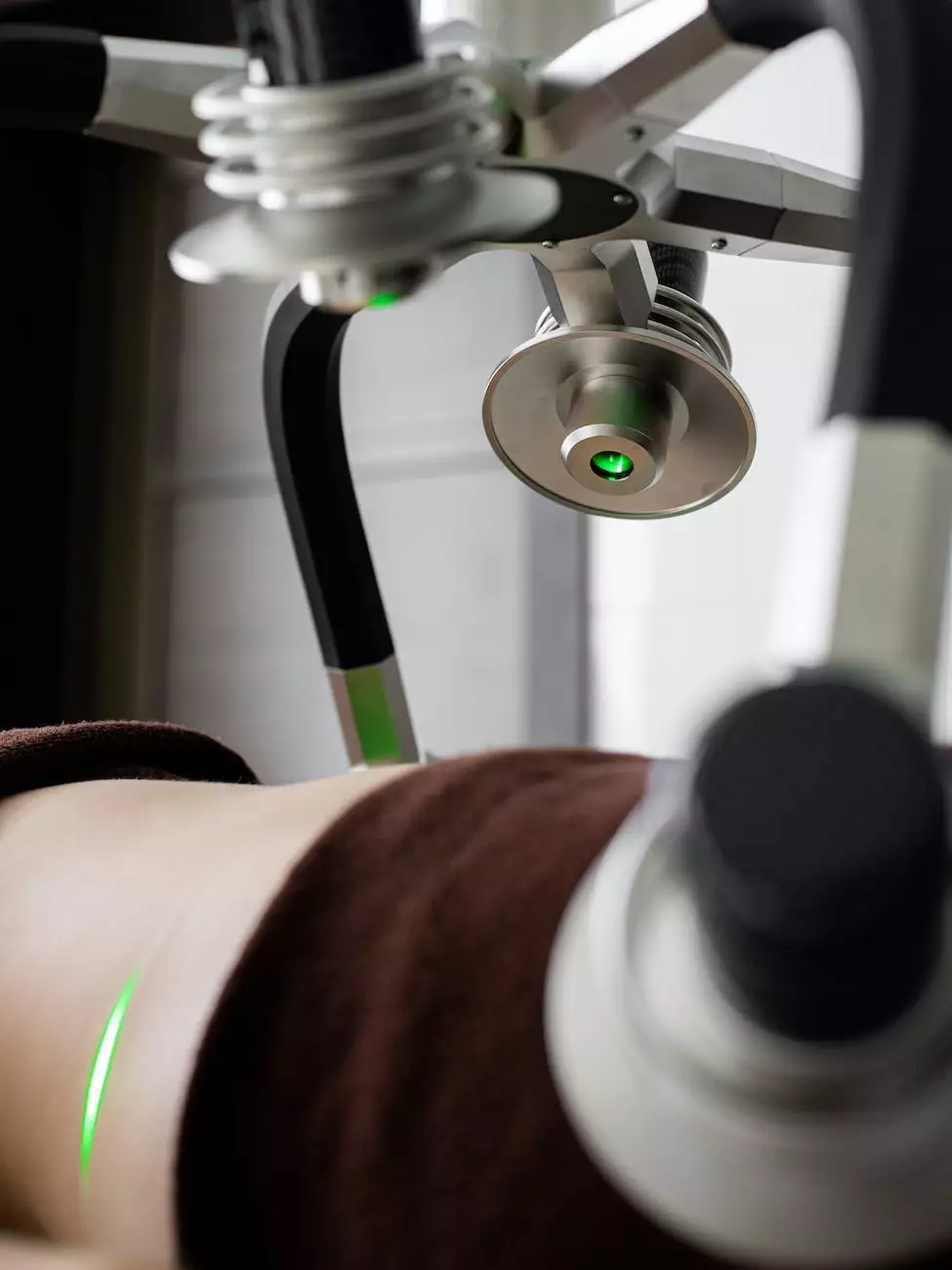How to Correctly and Effectively Split Squat

Overview
Welcome to Redding Integrative Medicine's guide on how to correctly and effectively perform the split squat. In this comprehensive article, you will learn the proper technique, benefits, and variations of the split squat. Whether you are a beginner or an experienced athlete, understanding this exercise is essential to achieve optimal results for your fitness goals.
What is the Split Squat?
The split squat is a compound exercise that targets several muscle groups in the lower body, including the quadriceps, hamstrings, glutes, and calves. It also engages your core for stability and balance. This exercise is often used in strength and conditioning programs, as well as rehabilitation settings.
Proper Technique
To perform the split squat correctly, follow these step-by-step instructions:
- Start by standing with your feet hip-width apart.
- Take a big step forward with one foot and a big step backward with the other foot.
- Bend both knees to lower your body down towards the ground, making sure your front knee stays aligned with your ankle.
- Keep your back straight and your chest up throughout the movement.
- Pause for a second at the bottom, then push through your front heel to return to the starting position.
- Repeat for the desired number of repetitions, then switch legs.
Remember to always prioritize proper form and technique over the amount of weight you use. It's essential to listen to your body and make adjustments as needed to prevent any discomfort or injury.
Benefits of the Split Squat
The split squat offers numerous benefits for your overall lower body strength and stability. Some of the key advantages of incorporating this exercise into your workout routine include:
- Improved quadriceps, hamstrings, glutes, and calf strength.
- Enhanced stability and balance, as you are required to maintain a controlled posture throughout the movement.
- Increased flexibility in the hip flexors and hamstrings.
- Engagement of the core muscles for improved overall stability and functional strength.
- Ability to target each leg individually, helping to address any muscle imbalances or weaknesses.
- Added challenge to your workouts, as the split squat can be easily progressed by adding weights or using unstable surfaces.
Split Squat Variations
If you're looking to spice up your split squat routine, consider trying these variations:
1. Bulgarian Split Squat
The Bulgarian split squat is similar to the regular split squat, but with the rear foot elevated on a sturdy platform. This variation increases the range of motion and places more emphasis on the front leg, leading to greater quadriceps activation.
2. Weighted Split Squat
To take your split squat to the next level, incorporate weights such as dumbbells or a barbell. Adding external resistance increases the challenge and helps build strength and muscle mass.
3. Split Squat with Overhead Press
Combining the split squat with an overhead press is an excellent way to work your lower body and upper body simultaneously. Hold a pair of dumbbells or a kettlebell and perform the split squat while pressing the weights overhead, engaging your shoulders, arms, and core.
Conclusion
Now that you have learned how to correctly and effectively perform the split squat, it's time to incorporate it into your fitness routine. The split squat is a versatile exercise that can be modified to suit your fitness level and goals. Remember to always warm up before any exercise and consult with a healthcare professional or certified fitness trainer if you have any concerns or pre-existing conditions. Redding Integrative Medicine is dedicated to promoting alternative and natural medicine practices for overall health and wellness. Feel free to explore our website for more valuable resources and expert advice on achieving optimal health.










